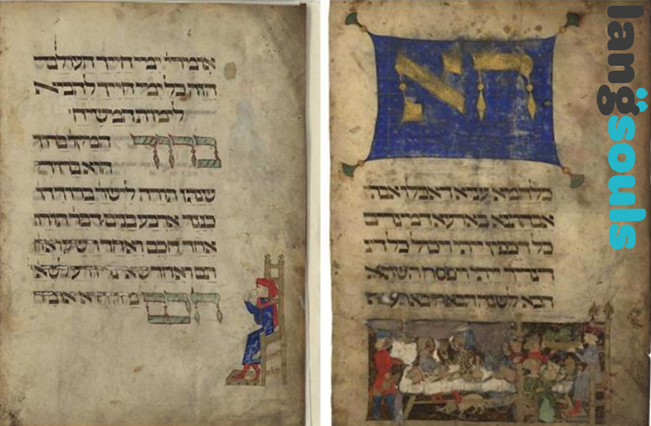Aramaic, an ancient Semitic language, has a remarkable history that spans thousands of years. From its origins as a language of ancient empires to its present state as an endangered language, Aramaic has witnessed profound transformations. In this historical account, we explore the journey of Aramaic, from its early prominence to the challenging circumstances it faces today, particularly in relation to the conflict in Syria.
Aramaic originated in the Near East and first appeared around the 11th century BCE. Initially, it was spoken by Arameans, a Semitic people inhabiting the region between the Euphrates and Tigris rivers. The Assyrian and Babylonian empires subsequently adopted Aramaic as an administrative and diplomatic language due to its widespread usage.
During the Persian Empire (6th – 4th century BCE), Aramaic became the lingua franca of the Near East. It served as the official language of the Achaemenid rulers and facilitated communication across diverse regions, including Persia, Babylon, Assyria, and Egypt. Aramaic’s influence extended to religious and literary contexts, with portions of the Hebrew Bible, known as the Aramaic portions or Aramaic Targums, translated into Aramaic.
Aramaic played a significant role in Jewish history and religious texts. The Babylonian exile (6th century BCE) brought Hebrew-speaking Jews into contact with Aramaic-speaking communities, leading to the incorporation of Aramaic expressions into Jewish literature. The Babylonian Talmud, compiled between the 3rd and 5th centuries CE, preserves extensive discussions and teachings in Aramaic, making it a vital language for Jewish scholarship.
Despite the passing of empires and political changes, pockets of Aramaic-speaking communities have persisted. These include:
- Assyrian/Syriac Christians: The Assyrian or Syriac Christian communities in Iraq, Syria, Turkey, and Iran have maintained the use of various dialects of Aramaic in their liturgy and religious traditions. These dialects, collectively known as Neo-Aramaic or Syriac, continue to be spoken by a small number of people today.
- Samaritans: The Samaritans, a small religious group living in the West Bank and Israel, preserve an ancient form of Aramaic in their liturgical texts and religious practices.
Unfortunately, the ongoing conflict in Syria has posed significant threats to the preservation of Aramaic. The region of Ma’loula, known for its Aramaic-speaking population, has witnessed intense fighting and displacement. The conflict has resulted in the disruption of traditional communities, causing many Aramaic speakers to flee their homes and seek refuge in safer areas. This displacement, coupled with the challenges faced by minority communities, has further endangered the survival of the Aramaic language.
Despite the challenges, there are dedicated individuals and organizations working to preserve Aramaic. Linguists, scholars, and community leaders are documenting and recording the remaining dialects, ensuring that their rich linguistic and cultural heritage is not lost to future generations. Cultural initiatives, such as language classes, publications, and cultural events, seek to revitalize Aramaic within its communities and raise awareness about its significance.
Aramaic’s history is one of resilience and adaptation. From its ancient origins as a language of empires to its present status as an endangered language, Aramaic has left an indelible mark on religious and cultural traditions. While the conflict in Syria poses significant challenges





